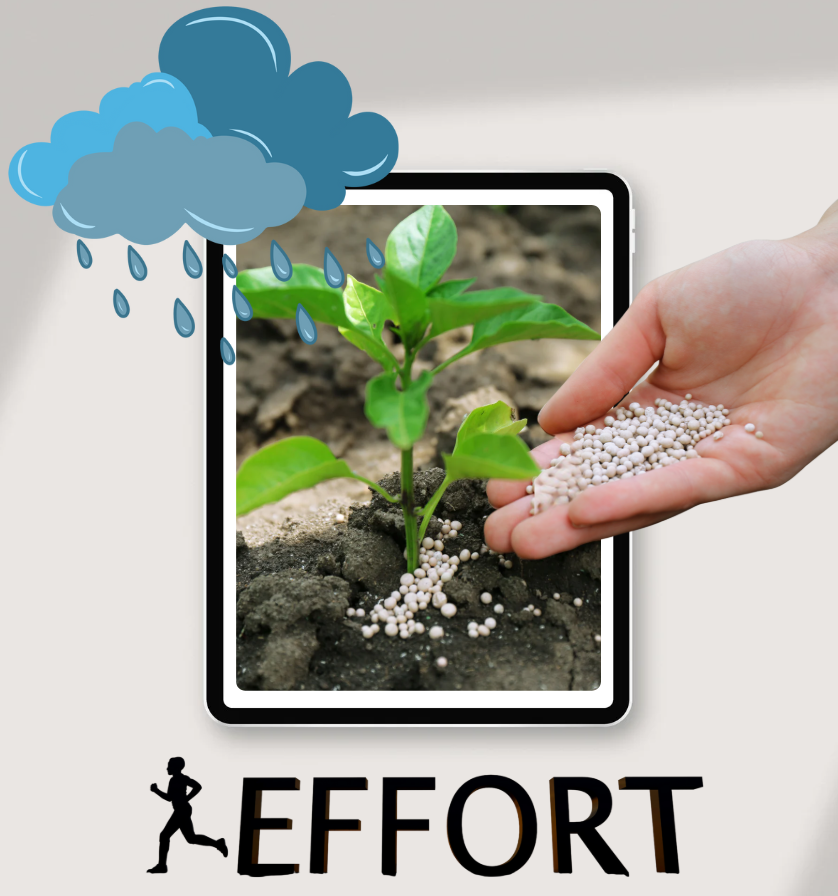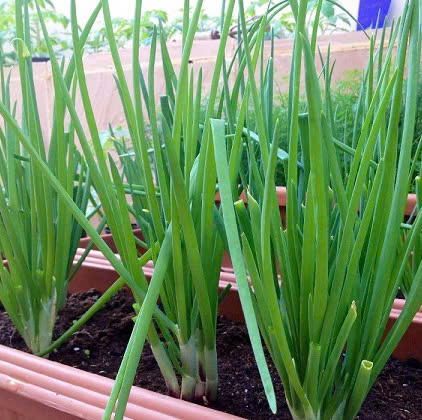
Controlling Pests on Green Onions – Effective Solutions for Healthy Plants
Green onions are a common crop in home gardens and vegetable fields, but they are also vulnerable to pests. Controlling pests on green onions is crucial to maintaining yield and product quality. In this article, we will explore the types of pests on green onions, their symptoms, and effective control methods.
1. Common Pests on Green Onions
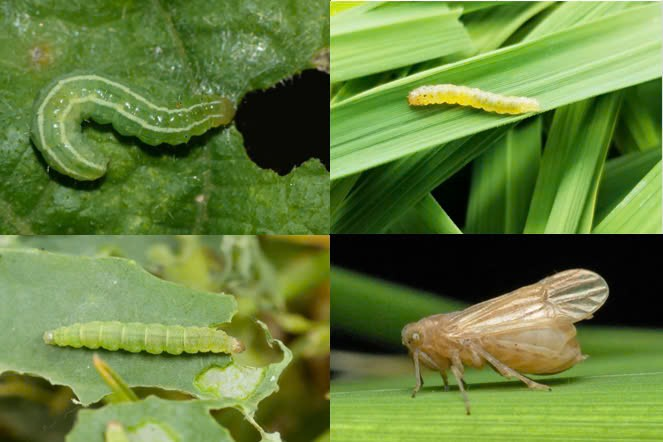
Pests on green onions can cause significant damage if not controlled in time. Some common pests affecting green onions include:
- Leaf Eaters (Spodoptera litura): This is the main pest on green onions, causing the leaves to tear and dry out, reducing the plant's ability to photosynthesize.
- Leaf Miners (Liriomyza sativae): This pest usually attacks the middle part of the leaf, creating small tunnels that weaken the leaves and cause wilting.
- Brown Planthoppers (Nilaparvata lugens): Brown planthoppers not only harm the plant by sucking sap but can also transmit viral diseases to the crops.
2. Symptoms of Pests on Green Onions
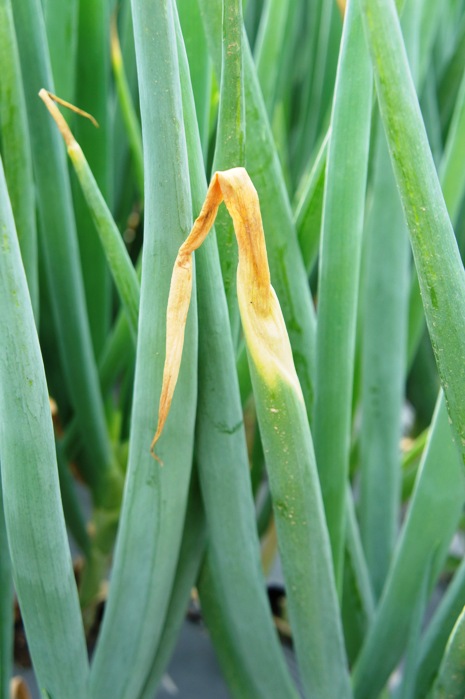
Here are some common symptoms when green onions are affected by pests:
- Torn Leaves: When attacked by leaf eaters, the green onion leaves become torn or have small holes, affecting plant development.
- Yellowing Leaves: Due to sap sucking, the leaves become yellow or wilt, impacting the plant’s yield.
- Appearance of Small Tunnels on Leaves: This is a sign of leaf miners, which significantly damage the quality of the green onion leaves.
3. Methods for Controlling Pests on Green Onions
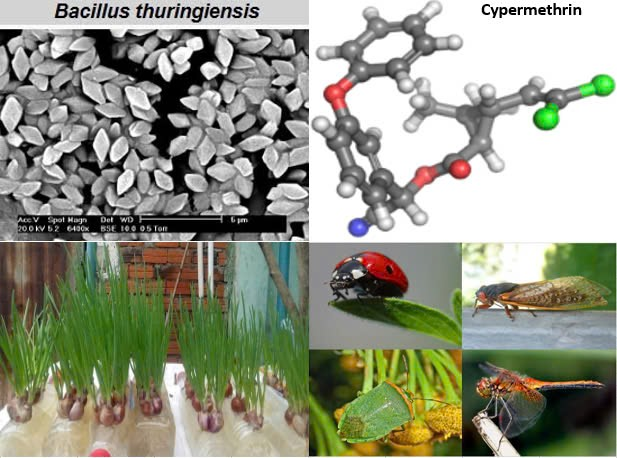
To control pests on green onions, you can apply several effective methods outlined below:
3.1 Biological Control Methods
- Use of Natural Predators: Natural predators like parasitic wasps or ladybugs can help control pest populations naturally. Encourage the presence of these species in your garden.
- Bio-pesticides: Use bio-pesticides such as Bacillus thuringiensis to eliminate pests without harming the environment.
3.2 Mechanical Control Methods
- Collect and Destroy Pests: If pests are detected on the plants, collect and destroy them to stop the spread.
- Prune Damaged Leaves: Remove leaves that are infected with pests to reduce the development of pest populations.
3.3 Chemical Control Methods
- Use of Pesticides: When the pest situation becomes severe, you can use pesticides with active ingredients such as Cypermethrin, Imidacloprid, or Spinosad. However, always follow the recommended dosage and waiting periods to ensure safety for the plants and human health.
3.4 Preventive Methods
- Proper Watering: Avoid overwatering, as prolonged moist conditions create favorable environments for pests and diseases to thrive.
- Garden Cleanliness: Clean up leaves, branches, or plant debris after each harvest to limit pest habitats.
- Use of Resistant Varieties: Choose green onion varieties that are resistant to pests to reduce pest attacks.
4. Conclusion
Controlling pests on green onions is essential to protect crops from harmful agents, ensuring that plants grow healthily and yield high. By applying preventive, mechanical, biological, and chemical methods, you can effectively control pests and maintain product quality. Don’t forget that proper care of green onions will help you achieve a bountiful harvest and ensure environmental safety.
Bình luận
Những bình luận mới nhất
